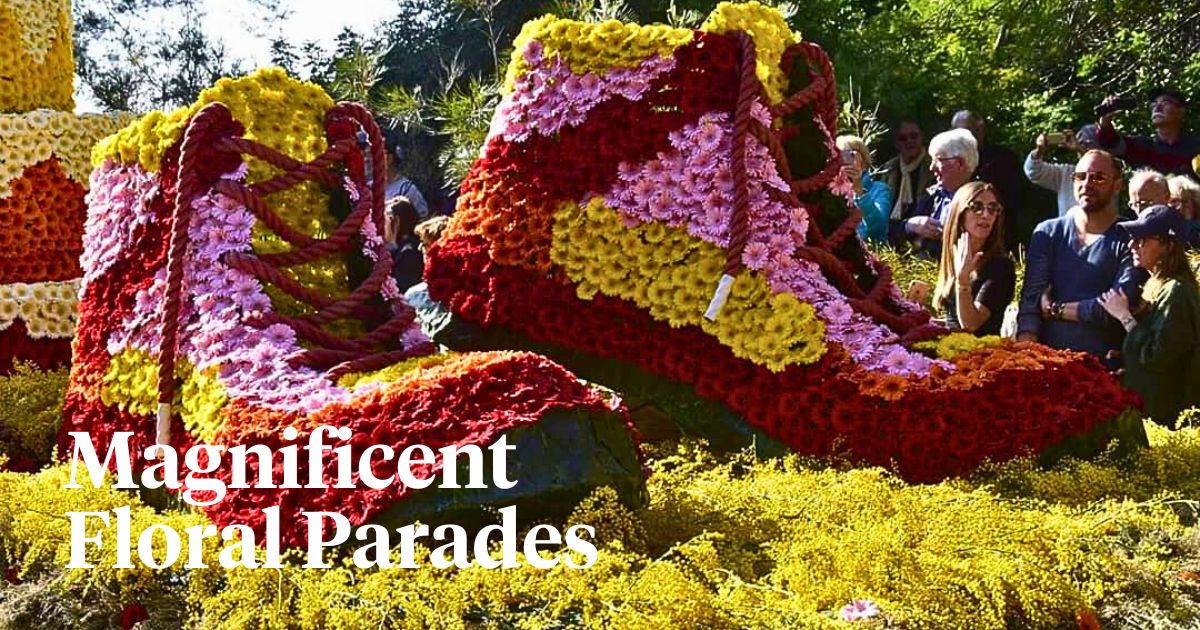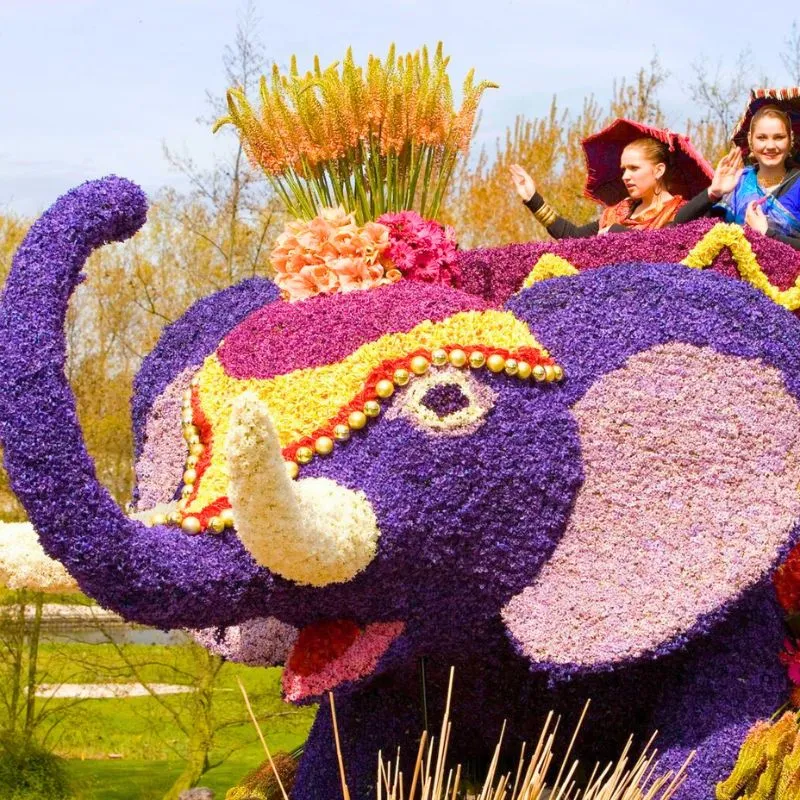Picture this, a parade where the floats and other adornments are not just vehicles or carriages but also living works of art and nature. Imagine a procession where flowers, fruits, and vegetables are blended into the setting, and energetic costumed participants add life to the scene. Yes, this is the world of the corso. These festivals unite cultures, societies, and communities through the love of flowers, nature’s beauty, creativity, and just the simple joys of life and festivity.
From their ancient heretic festival origins that celebrated fertility, to the modern-day spectacles that showcase local artistry and floral tradition, corsos have evolved through hundreds of years. These iconic centuries-old festivals incorporate color, and beauty, whereby elaborately decorated floats are adorned with millions of flowers, fruits, and vegetables. These floats are then paraded through the streets, accompanied by performers in costumes, dancing to the tunes of beautiful music.
Tracing the Origins and Evolution, From Ancient Rituals to Modern Celebrations
Simply put, corso is a term that evokes the picture of a colorful spectacle. It conjures images of elaborate floats, adorned with a splash of flowers, while others flourish with fruits and vegetables. The beauty of all these elements is amplified by the joyous presence of participants in elaborate costumes, often accompanied by bands and performers.
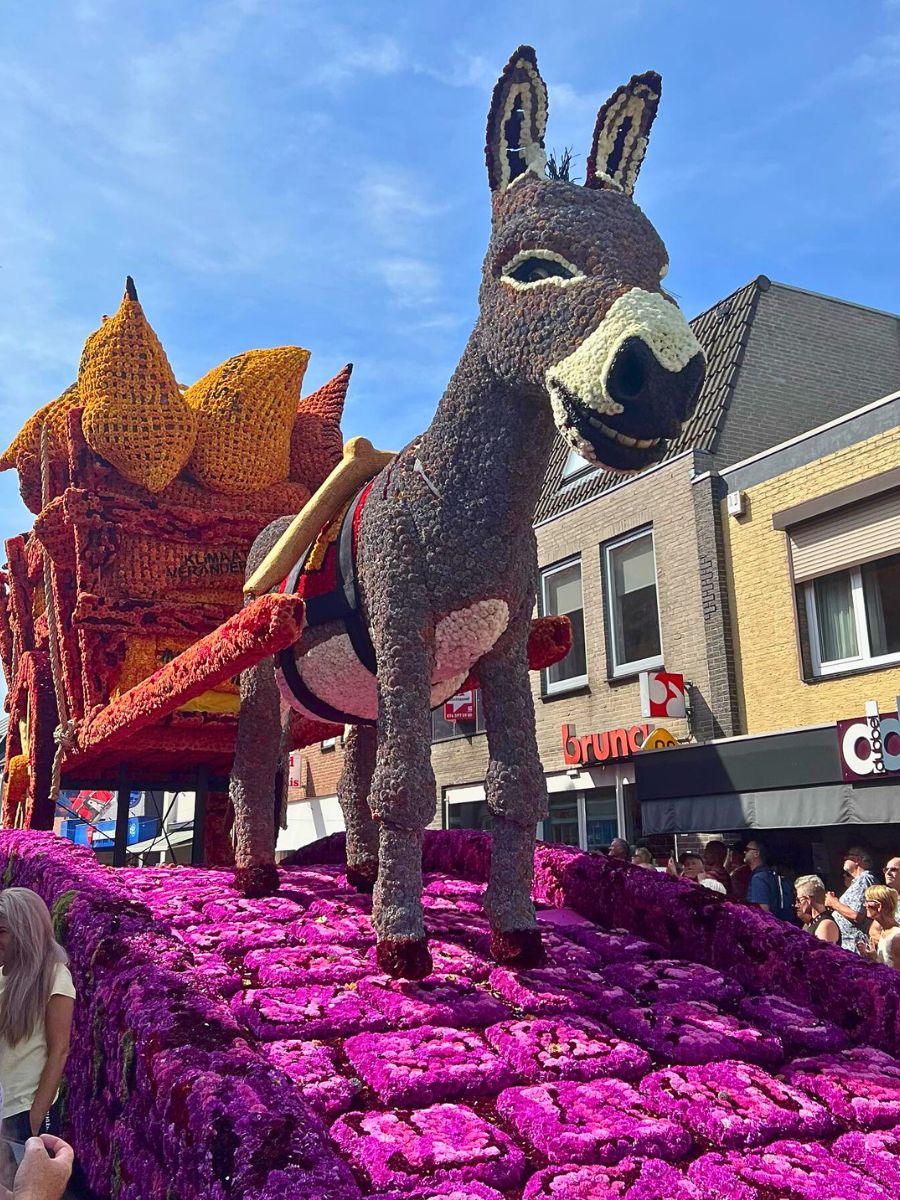
The idea of the corso can be traced back to ancient festivals, where processions and displays of flowers and fruits celebrated fertility and the bounty of nature. In ancient Rome, the Floralia festival, dedicated to the goddess Flora, featured parades adorned with flowers and garlands. The Italian name ‘Corso’ basically means a course. This is in the sense of a main avenue or a place where one parades or goes out.
The modern corso, as many know it today, emerged in the 19th century, primarily in Italy and France. The Italian word 'corso' derives from the Latin 'cursus', meaning 'race' or 'course', referring to the processions often part of these celebrations. Early corsos, such as Corpus Christi, were often associated with religious festivals and featured allegorical floats depicting biblical scenes or religious figures. The practice spread to other countries including the Netherlands later on in the nineteenth century. In due course, these early processions evolved into more elaborate displays, incorporating theater, music, and dance elements.
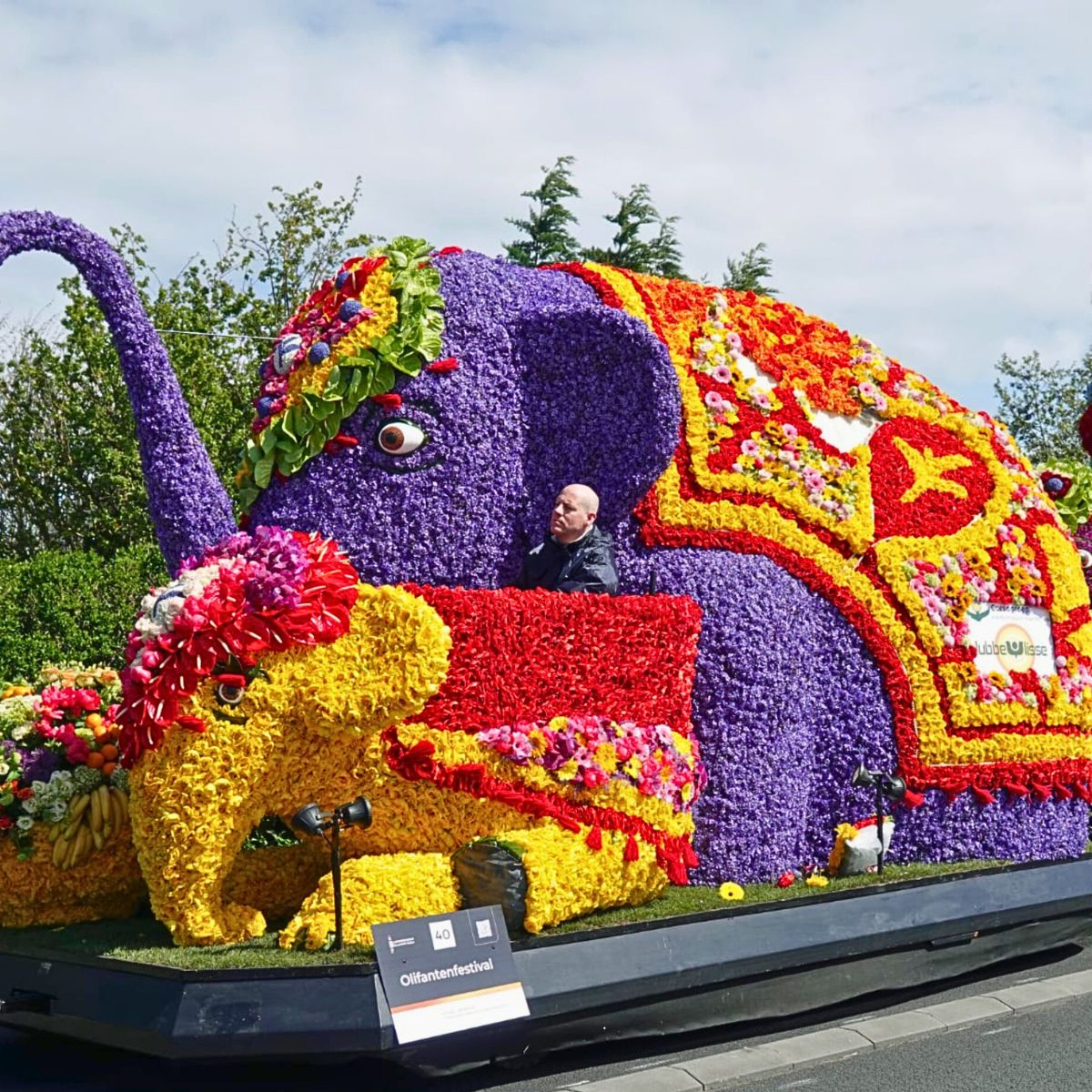
Over time, the corso evolved into a secular celebration, incorporating themes of local history, culture, and folklore. The use of flowers, fruits, and vegetables as decorative elements became increasingly elaborate, demonstrating the artistic ingenuity of local communities. The participation of costumed performers, representing characters from mythology, literature, or local traditions, further enhanced the spectacle.
These festivities have now spread far and wide, away from their European origins. They have essentially become a routine tradition in many parts of the world, with each region developing its own unique styles that reflect local customs as well as artistic expressions.
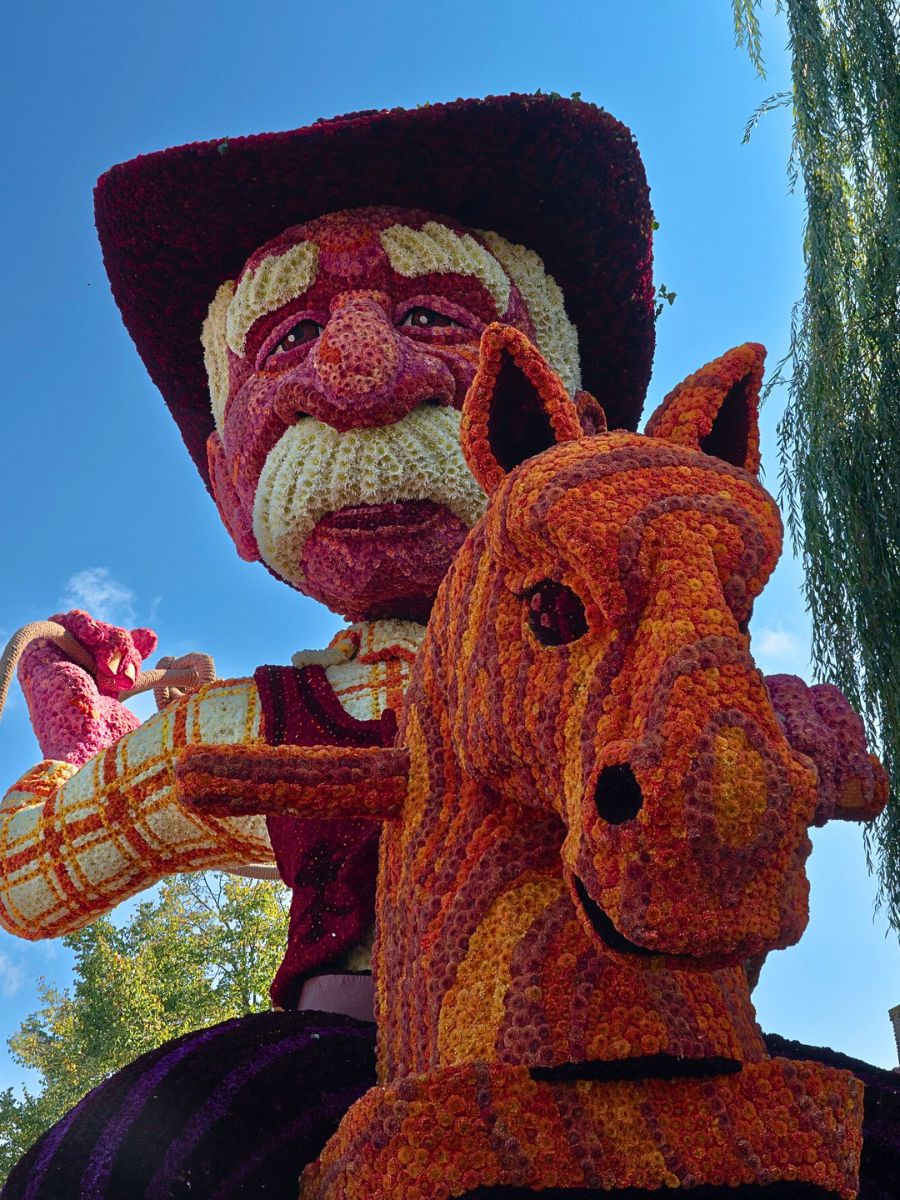
Today, the corso culture is at its strongest in the Netherlands where there are about thirty different parades held annually in the country. They come in different sizes and characters including the very small, local parades. The country also hosts the world’s biggest flower parades, some of which are lit and take place at night. The corso culture in the country has, in fact, now achieved a United Nations Educational, Scientific and Cultural Organization (UNESCO) heritage status. They are, as a result, an International Intangible Cultural Heritage.
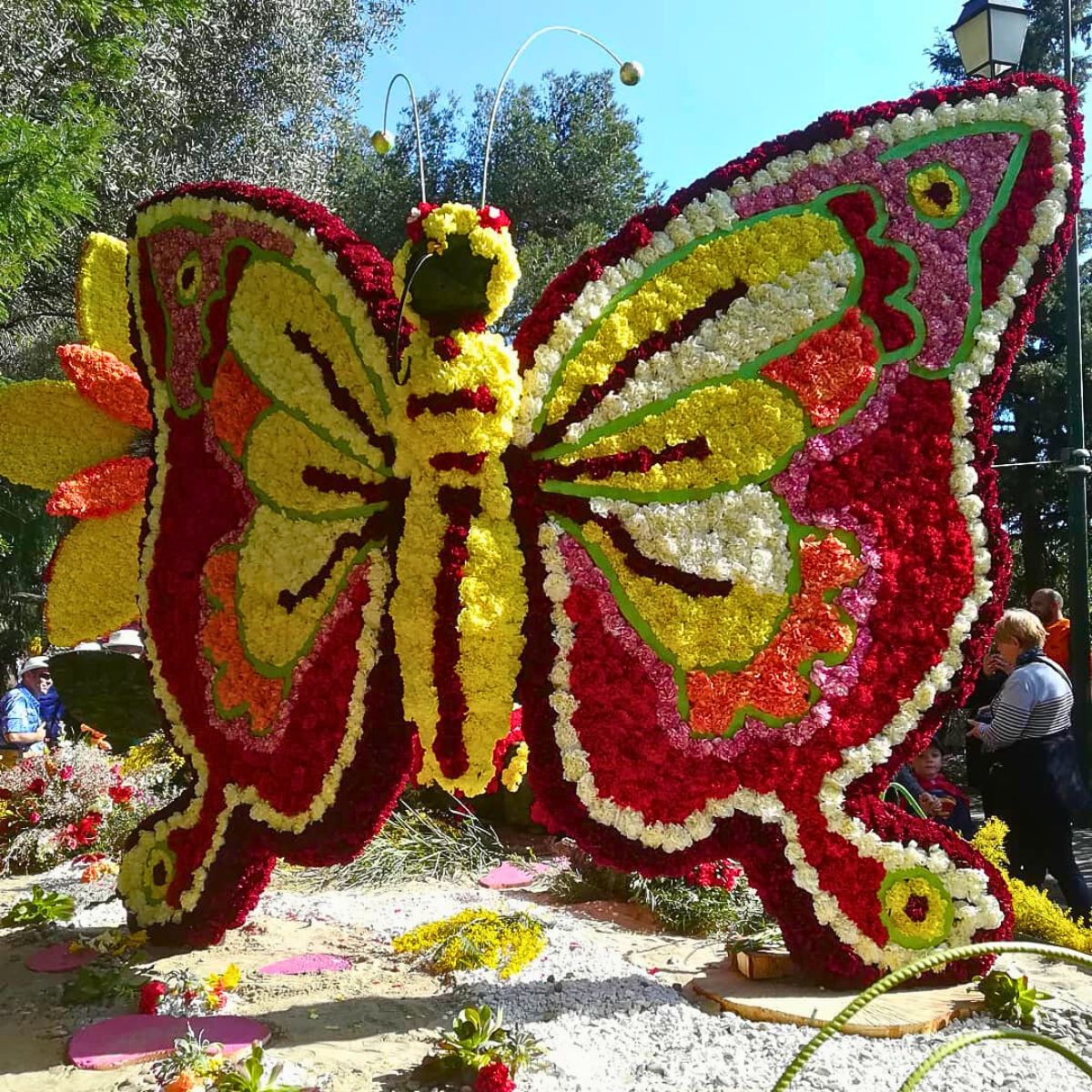
A Rich Culture That Spans Across the World
Corsos come in different forms across the world. And as a characteristic, they feature floral or plant decorations and floats, as well as bands of performers in the parades.
The Netherlands, for starters, has a rich corso culture. Here, these flower parades, also called bloemencorso in the country, are commonplace, and held across different locations. From the world-famous Bloemencorso Zundert, the largest flower parade in the world, renowned for its impressive floats made of dahlias, to other big ones like Bloemencorso Bollenstreek, Bloemencorso Sint Jansklooster, Bloemencorso Lichtenvoorde, Bloemencorso Rijnsburg, and Varend ('Floating') Corso Westland. There are numerous others held across the country throughout the year cementing its place as a corso center of activity.
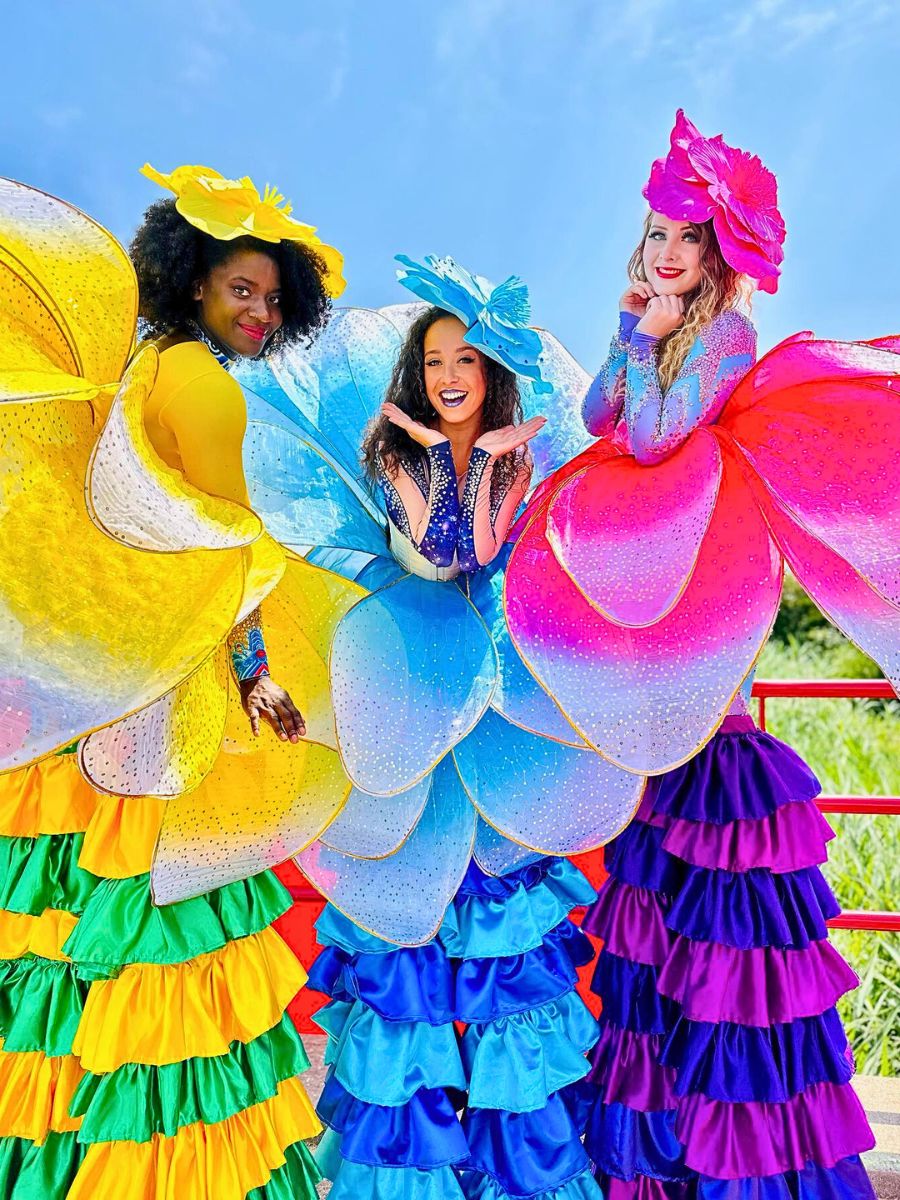
Italy also maintains its original corso panache with many Italian towns holding these events in the form of Infiorata Flower Carpet Festivals, or flower art festivals. Such events are held in various locations including Genzano di Roma, Spello, and Sicily (Infiorata de Noto), and are known for their stunning flower carpets that decorate streets and squares.
Festa dei Fiori (Festival of Flowers), also celebrates flowers in different ways across the country. In Greve, Chianti, for example, every early May Piazza Matteotti, the main piazza in Greve, is transformed into a sea of nature, greenery, and flowers during the annual Festa dei Fiori.
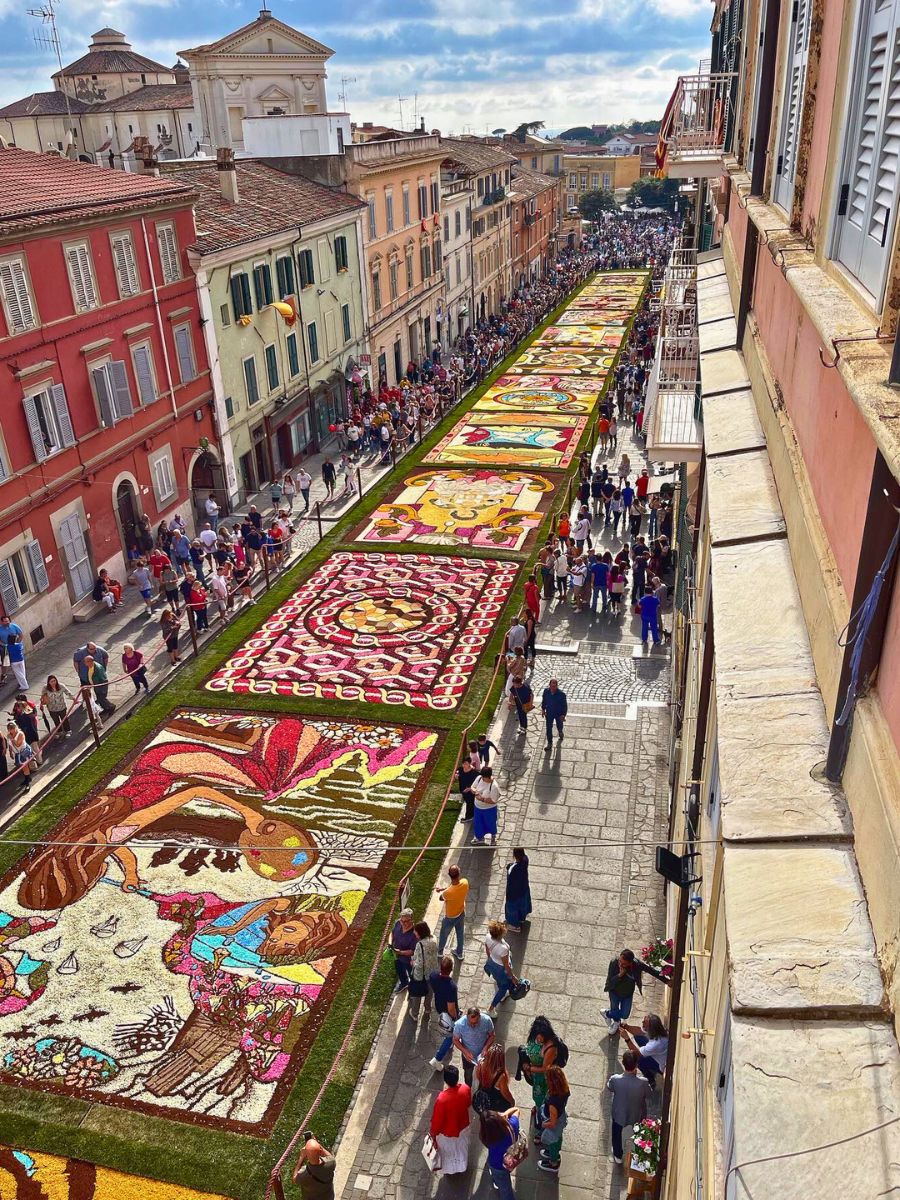
France is also a country with a rich corso culture with the events held in different regions. In Provence, southeastern France, for instance, some towns host delightful floral parades known as the Corso Fleuri, during which beautifully decorated floats adorned with impressive flowers parade through the streets.
In Bormes-les-Mimosas, for instance, a festival that honors mimosas is held to celebrate the beauty of the mimosa tree. Often called Corso de Bormes, the Bormes les Mimosas flower parade takes place every year at the end of February. Many other towns across the region and the country hold these Corso Fleuri parades in different ways.
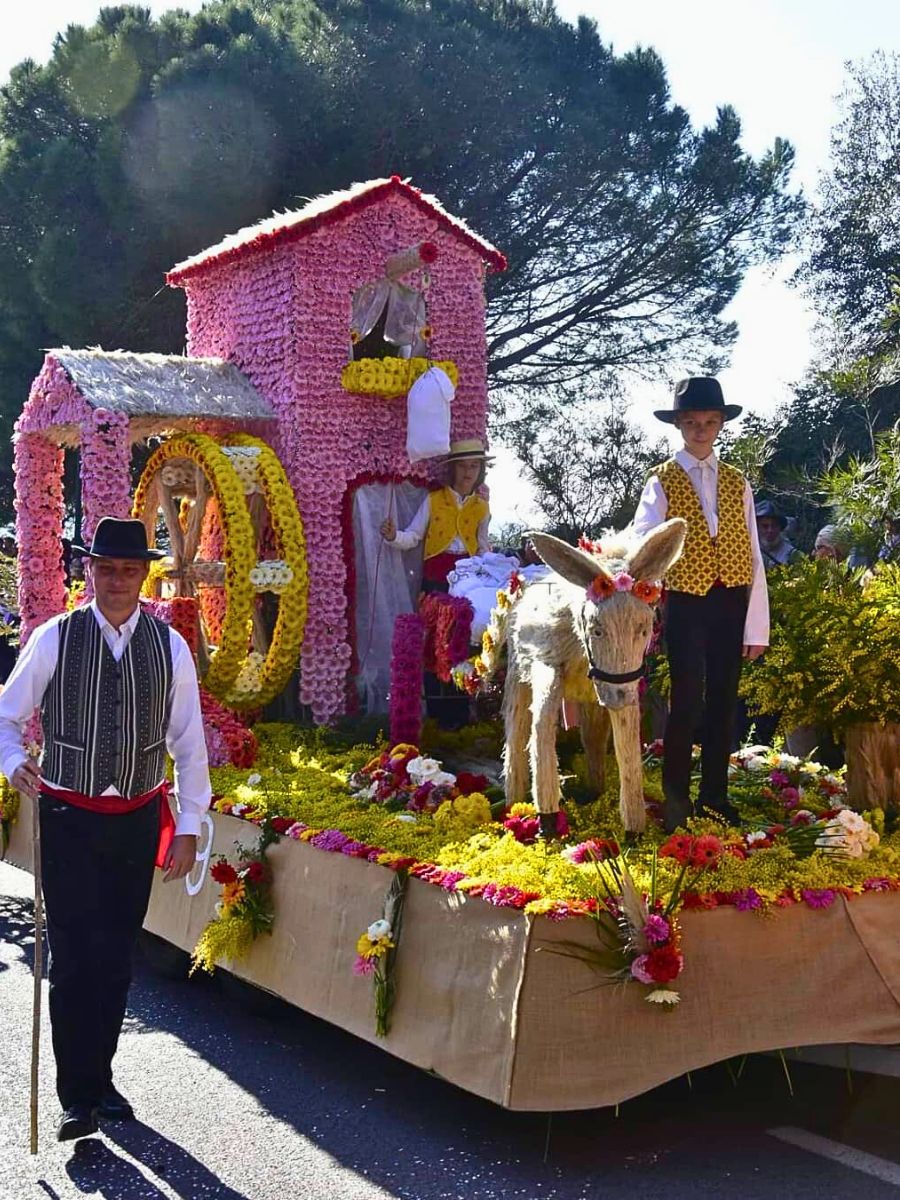
In Germany, some similar events include Corso Leopold which snakes its way from the Siegestor to the Münchner Freiheit square in Munich and dates back to an idea from 1994 inspired by cheering football fans who had turned the city’s Leopoldstrasse into a party street. Zamanand Festival is also another almost similar event held in Munich.
Corso Flower Parades Across Many Other Regions Globally
Similar floral parades can be found in other parts of the world, often rooted in local floral, agricultural, and cultural traditions. In Funchal, Madeira, Portugal, the Madeira Flower Festival takes place in celebration of the arrival of the spring season.
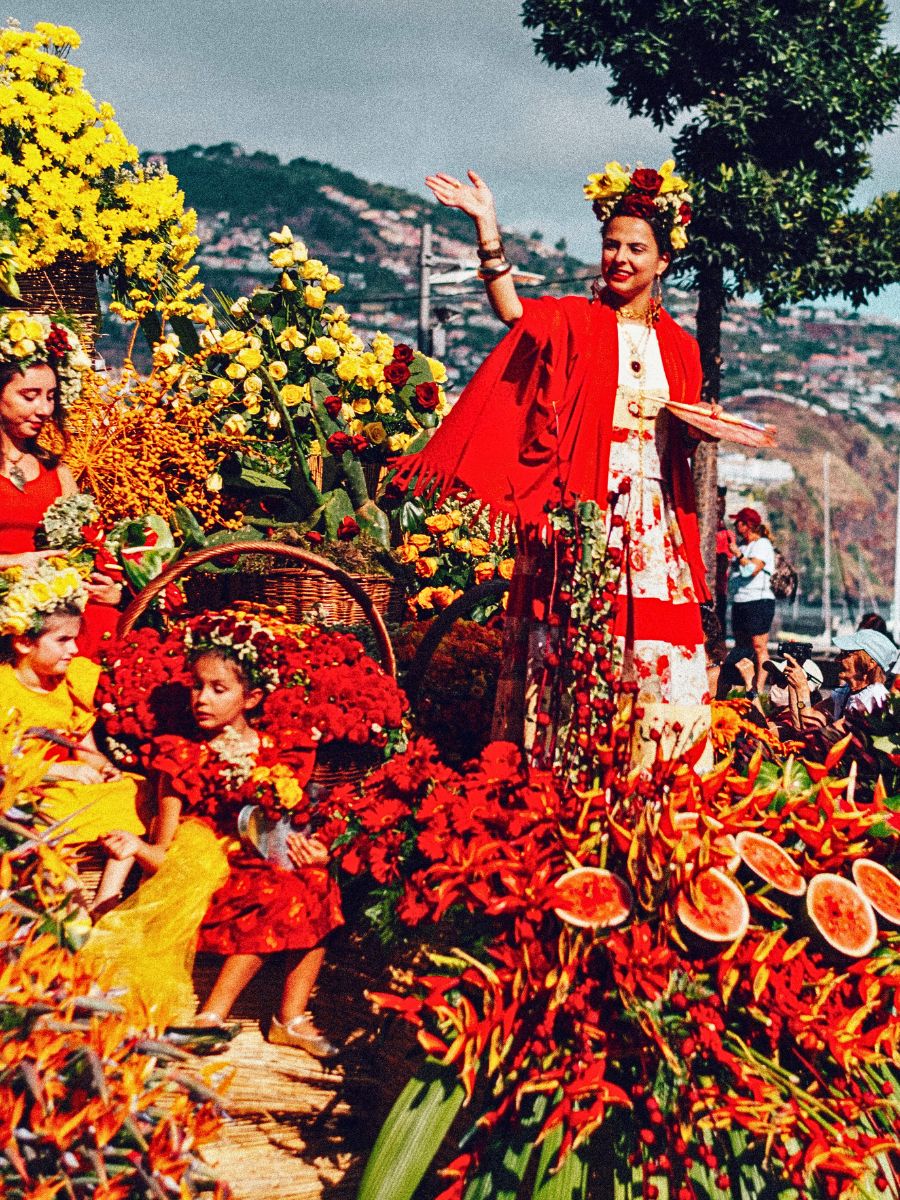
In Japan, the Aomori Nebuta Festival features massive, illuminated lantern floats decorated with intricate designs, including many featuring flowers, while the Chiang Mai Flower Festival is also a three-day Thai festival featuring a grand parade with flower-decorated floats, dance groups, and marching bands.
The Tournament of Roses Parade, held annually on New Year's Day in Pasadena, California is also another great example, while the Battle of Flowers Parade in San Antonio, Texas, also celebrates the beauty of flowers in a festive nature. There is also the King Kamehameha Celebration Floral Parade held in Honolulu, Hawaii, celebrating King Kamehameha's legacy with colorful flower floats, traditional Hawaiian music, and dance.
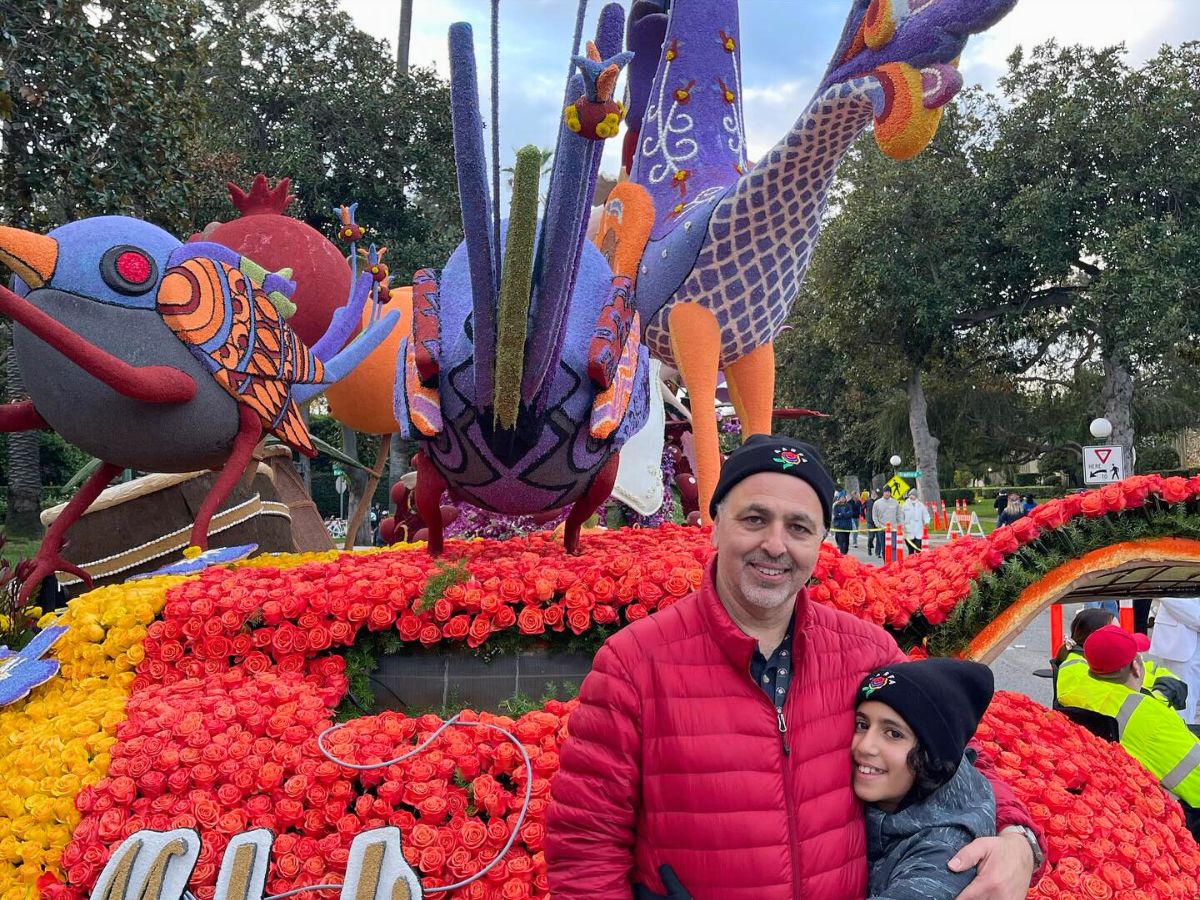
In South America, the Carnaval de Oruro is a lively and culturally rich floral festival held in the mining town of Oruro, Bolivia, while others like Festival de la Flor in Cuenca, Ecuador, Festival de la Virgen de la Candelaria in Puno, Peru, Festival de la Flor in Medellín, and the Medellin Flower Festival — also called Feria de las Flores — in Colombia, all serve to showcase the people’s rich cultural diversities and the role of flowers in these festivities. Hundreds of similar others take place in different places across these regions.
Flowers Are an Integral Aspect of These Events
Flowers play a central role in these events because they are often closely tied to the local economy and cultural identity of the regions where they are celebrated. The superabundance, diversity, and variety of flowers grown in these areas perfectly lend themselves to the ornate and visually thought-provoking displays that have become the hallmark of these parades.
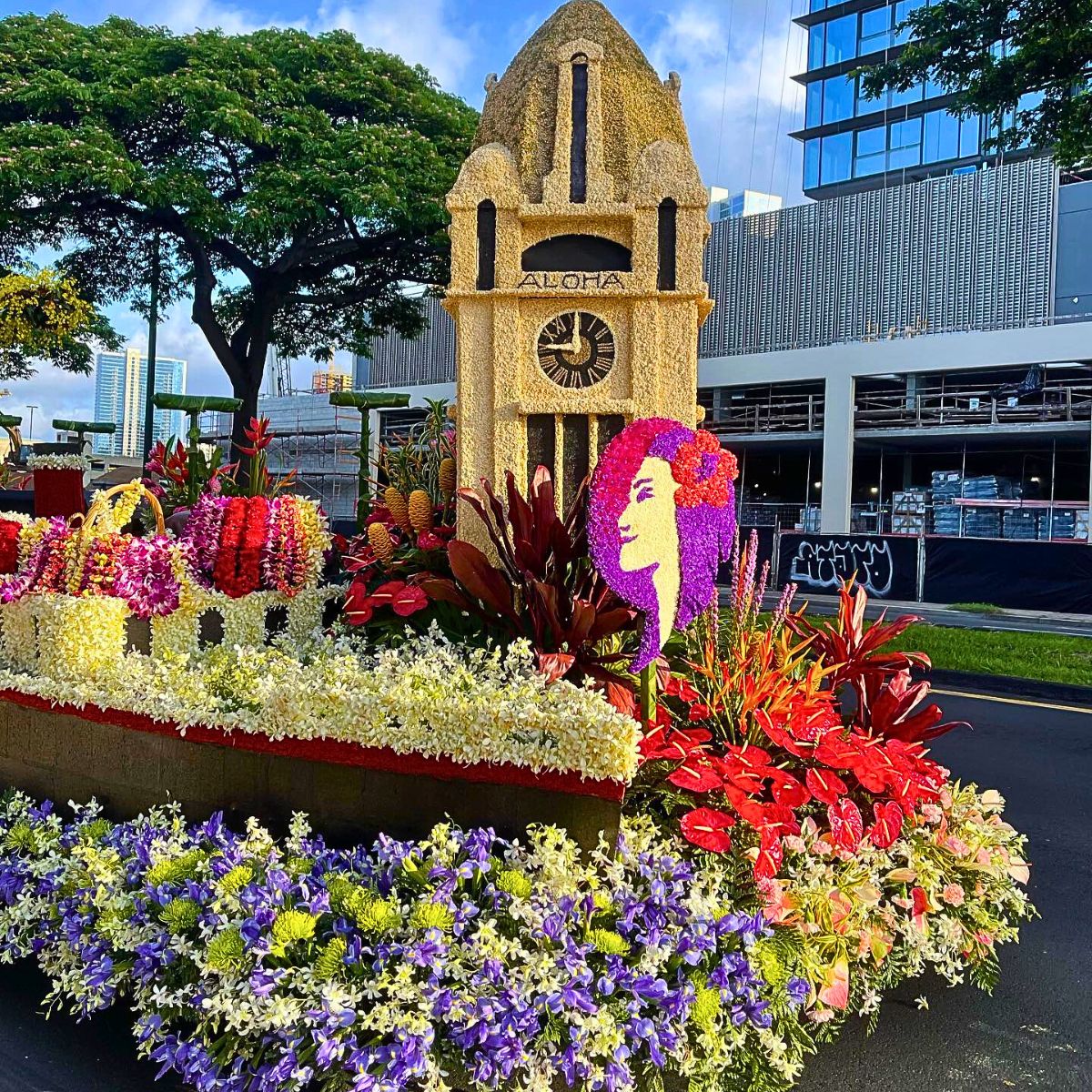
These flowers are, also, a symbol of the respective regions’ natural plenteousness and the pride that the residents take in their local flora.
What is clear in the end is that these flower parades and corsos have been and still remain an important community event to the people, bringing them together to celebrate their local culture, history, and natural resources. Through them, they are afforded a platform for artistic expression and creativity as float designers and participants work to outdo each other with their floral works of art.
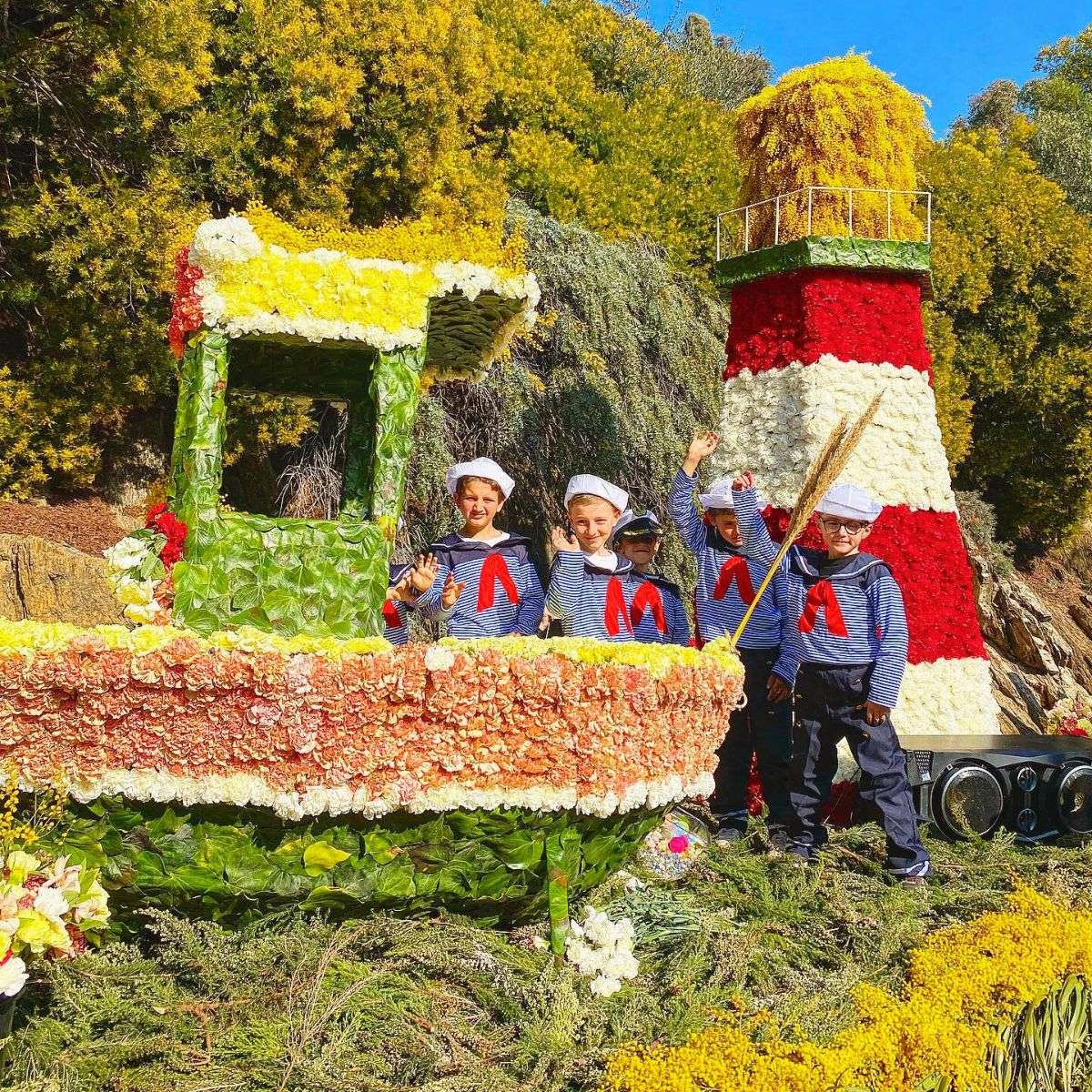
They, for all intents and purposes, showcase different people’s unique identities and the vital role that flowers play in their daily lives.
Feature image by @bormesmaville, header image by @jcadastrin.

